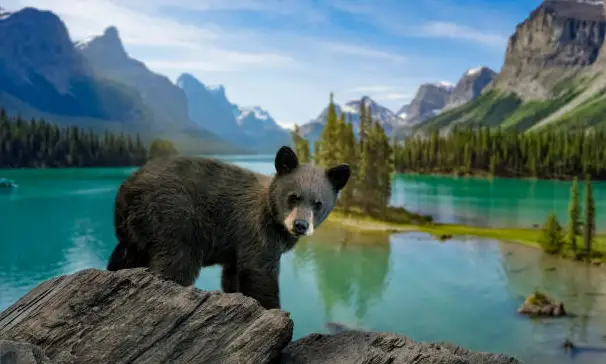As a country that is well-known for its breathtaking landscapes and diverse ecosystems, Canada offers a wealth of opportunities for people who are passionate about wildlife to participate in conservation efforts. A special treat is in store for you if you have ever fantasized about taking part in activities that involve tracking or monitoring wildlife. In this blog, we will discuss the various opportunities and programs that make it possible for you to connect with nature and make a contribution to the conservation of the magnificent biodiversity that Canada possesses.
![]()
Citizen Science Programs:
Many organizations across Canada actively involve citizens in wildlife monitoring through citizen science programs. These initiatives aim to gather valuable data on various species, contributing to scientific research and conservation efforts. Keep an eye out for projects led by organizations such as Nature Canada, Bird Studies Canada, and the Canadian Wildlife Federation.
Bird Monitoring Programs:
Canada boasts a rich bird population, and bird monitoring programs are a popular way for individuals to get involved. Programs like the Christmas Bird Count and the Great Backyard Bird Count encourage birdwatchers of all levels to contribute their observations, aiding scientists in understanding bird populations and migration patterns.
Read more: Where Can I Go For Birdwatching In Canada?
Marine Wildlife Monitoring:
Coastal regions provide unique opportunities for marine wildlife tracking. Organizations like Oceans Canada engage volunteers in monitoring activities, including tracking marine mammals, studying sea turtle nesting sites, and contributing to marine conservation projects.
Parks and Conservation Areas:

Many national and provincial parks in Canada offer guided wildlife tracking experiences. Knowledgeable park rangers often lead excursions, teaching participants about local flora and fauna while emphasizing ethical and respectful wildlife observation practices.
Read more: What Are The Major National Parks In Canada?
Community-Based Conservation Projects:
Explore local community initiatives focused on wildlife monitoring. Some regions have wildlife corridors or habitat restoration projects that welcome volunteers interested in tracking and monitoring activities. These projects not only contribute to wildlife conservation but also strengthen community bonds.
Read more: Best 10 Outdoor Activities In Vancouver, Canada
Wildlife Rehabilitation Centers:
Participating in wildlife tracking can extend to rehabilitation efforts. Wildlife rehabilitation centers across Canada often seek volunteers to assist in tracking released animals or monitoring the health of resident species. It's a hands-on way to make a direct impact on individual animals and contribute to their overall well-being.
Educational Institutions and Research Projects:
Check with universities and research institutions for opportunities to collaborate on wildlife-tracking projects. Some projects may require specific skills or training, but others welcome enthusiastic individuals willing to learn and contribute to ongoing research efforts.
Read more: How can I reduce my water usage while traveling in Canada?
Wildlife Tracking Tours:
Consider joining organized wildlife tracking tours offered by eco-tourism companies. These tours are designed to provide participants with a unique and educational experience. Expert guides lead small groups into natural habitats, sharing insights into animal behavior, tracking techniques, and the importance of conservation. It's a fantastic way to not only observe wildlife but also contribute to ongoing research efforts conducted by these tour operators.
Camera Trapping Projects:

Some wildlife conservation initiatives in Canada utilize camera traps to monitor animal movements. These projects often call for volunteers to assist in setting up and maintaining camera traps, as well as analyzing the collected data. Camera trapping provides valuable information about elusive and nocturnal species, offering a non-intrusive method of observing wildlife.
Virtual Citizen Science Projects:
If you're unable to physically participate in tracking activities, consider contributing to virtual citizen science projects. Many organizations provide online platforms where individuals can help analyze photos, identify species, or transcribe field notes from researchers, allowing you to contribute to wildlife monitoring efforts from the comfort of your home.
Conclusion:
Canada's vast and diverse ecosystems provide an ideal playground for those eager to engage in wildlife tracking and monitoring activities. Whether you're a seasoned naturalist or a novice nature lover, there are plenty of opportunities to connect with Canada's wildlife and make a meaningful contribution to conservation. So, lace up those hiking boots, grab your binoculars, and get ready for an adventure that goes beyond the trails – an adventure that directly supports the preservation of Canada's incredible natural heritage.

